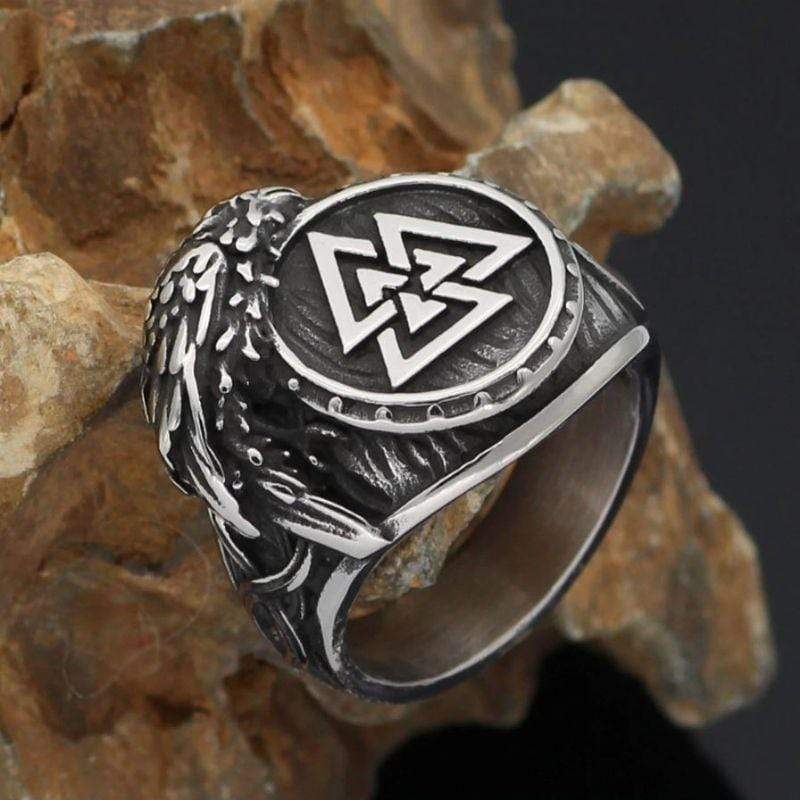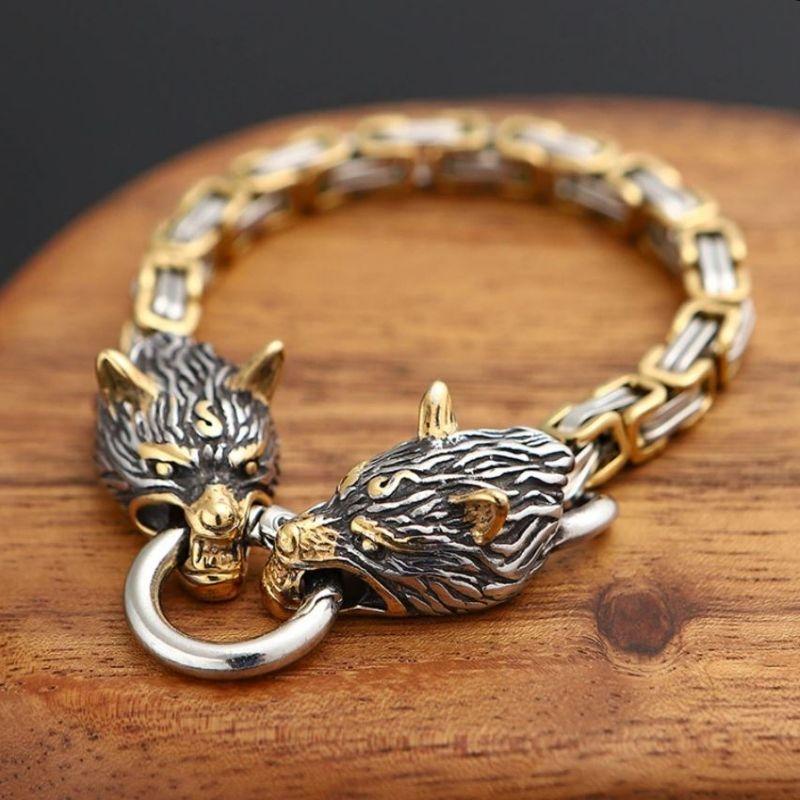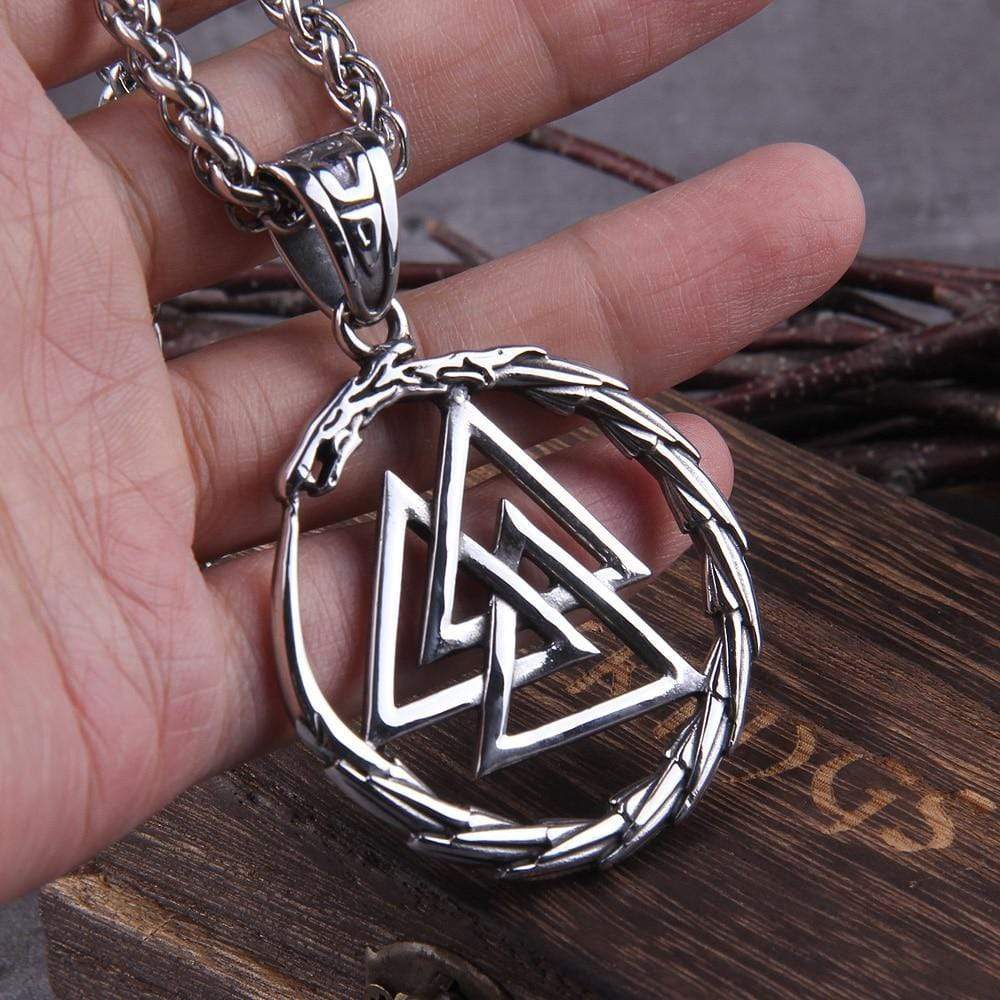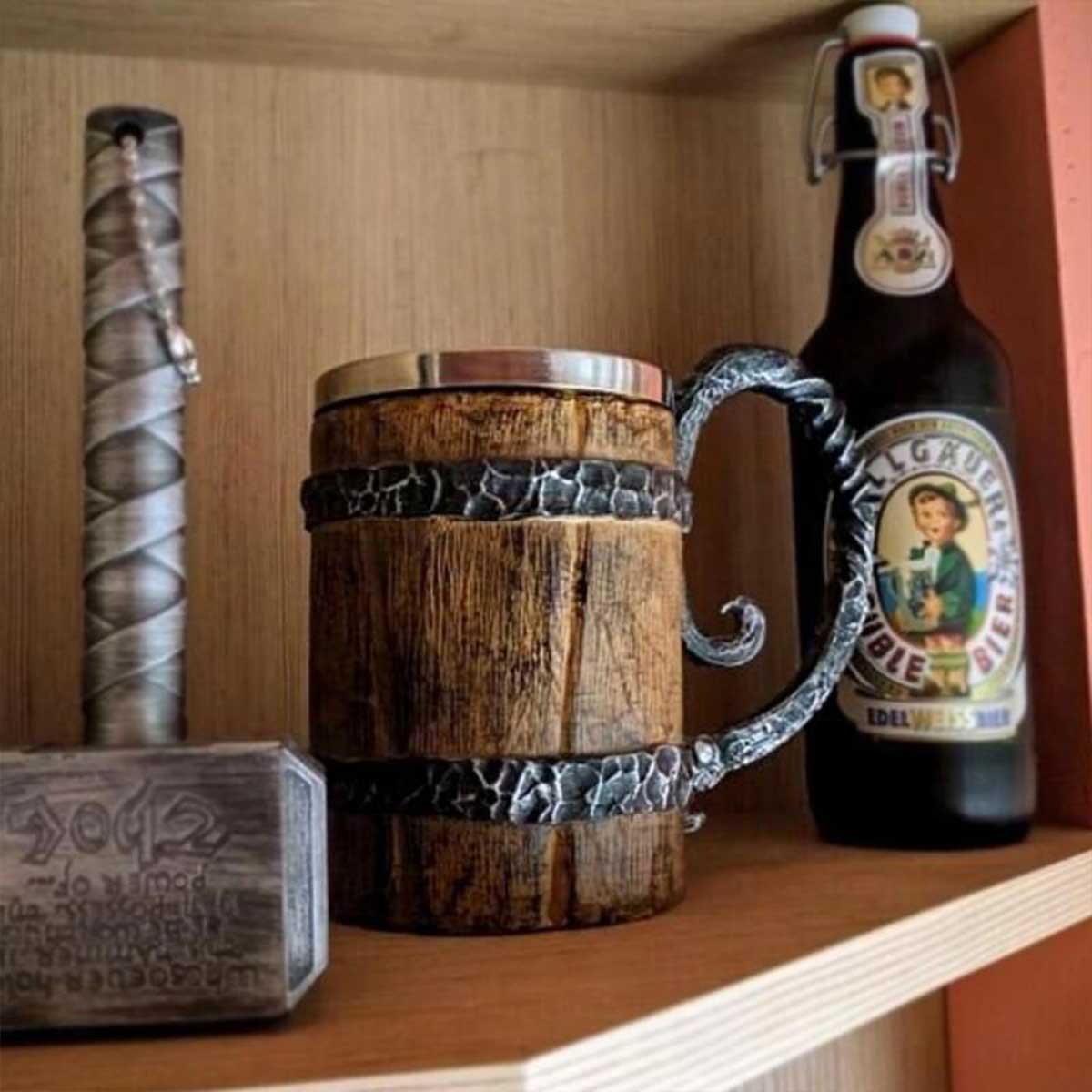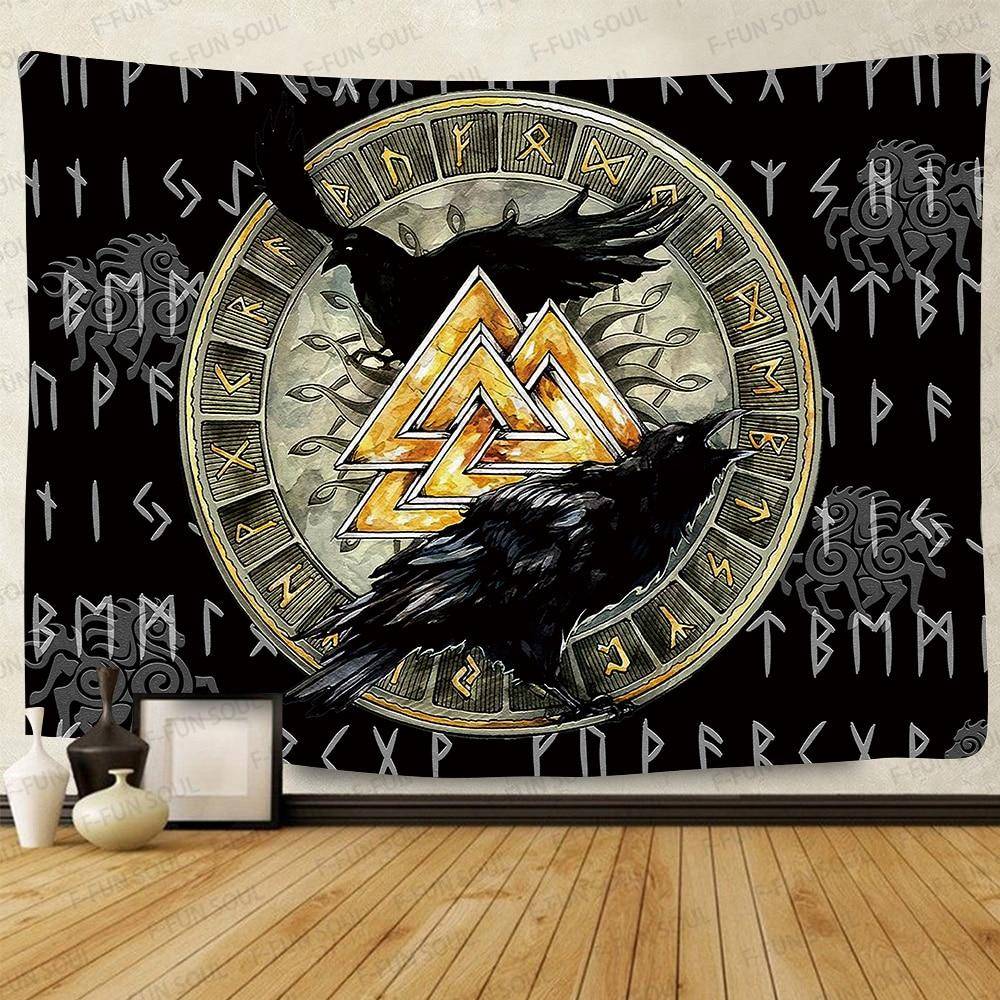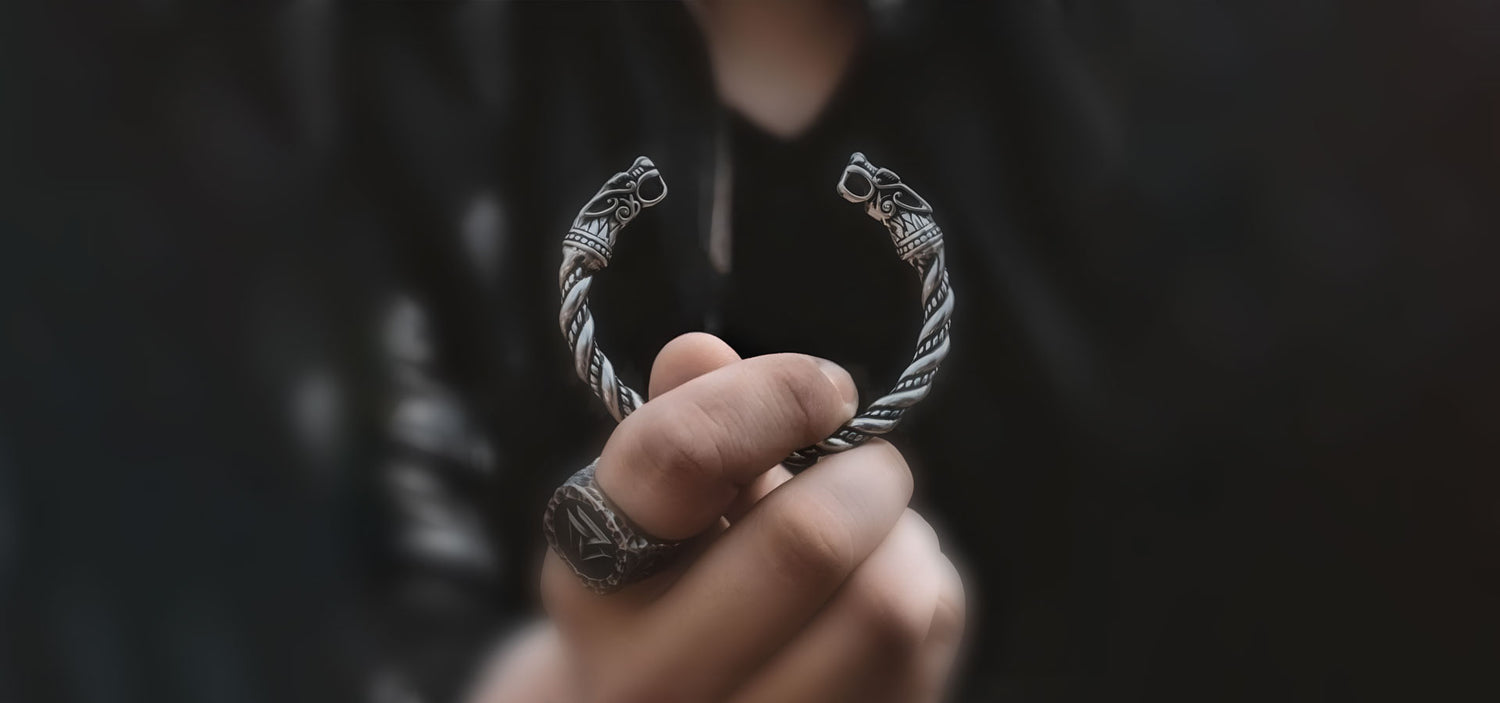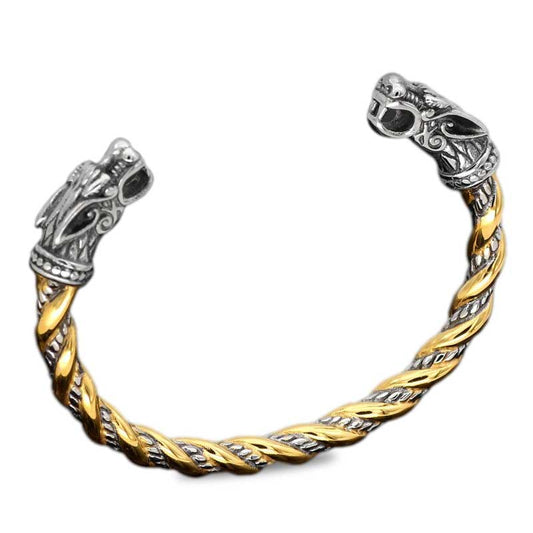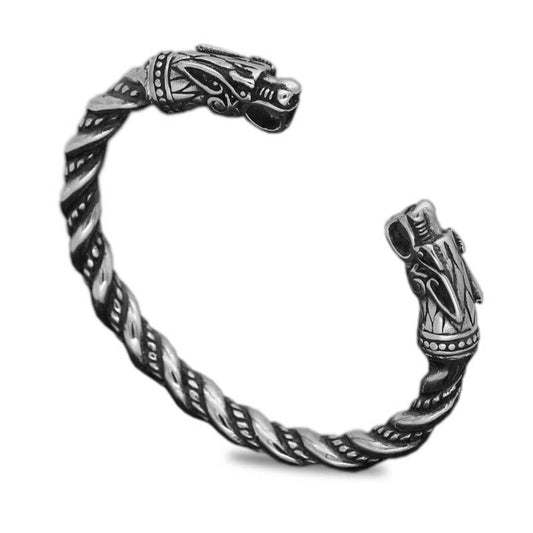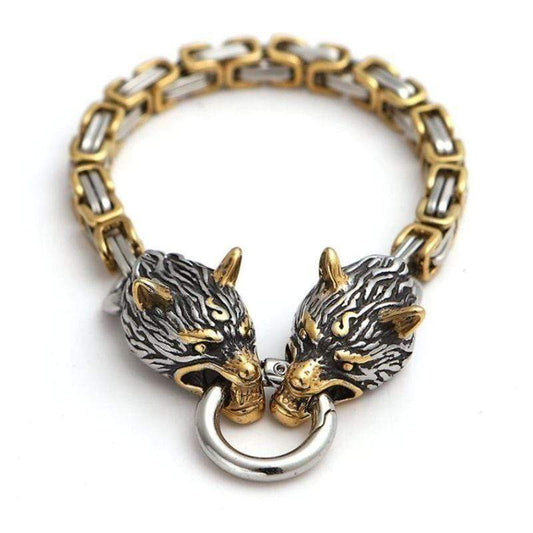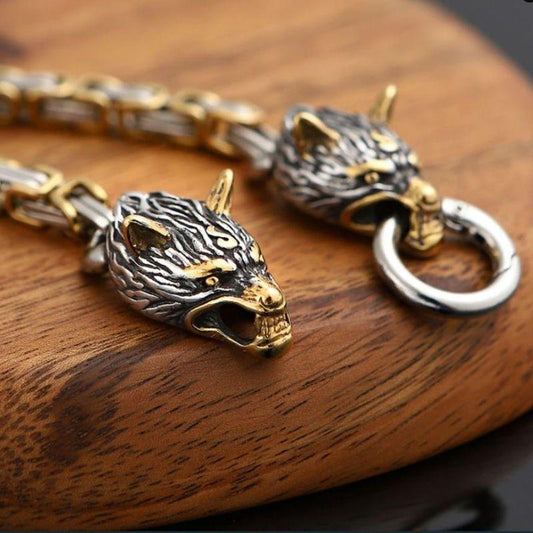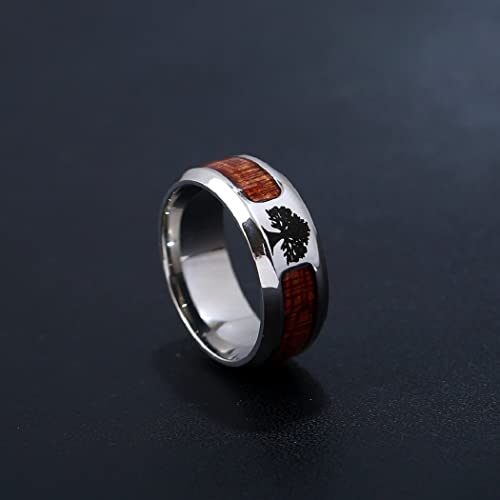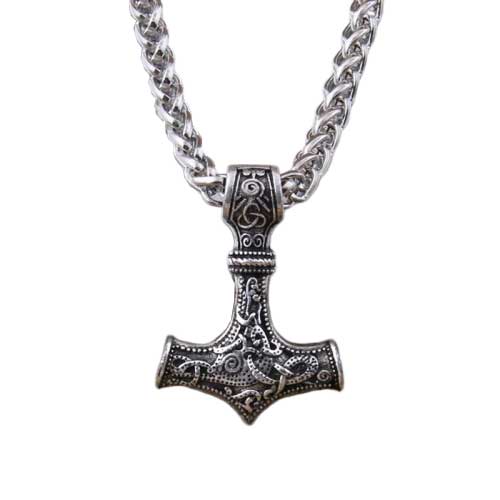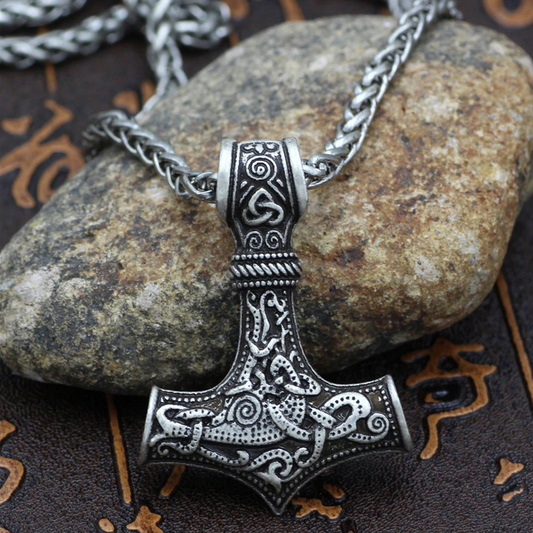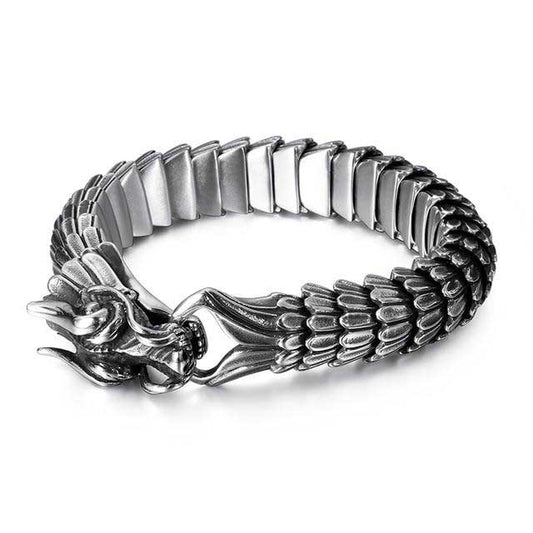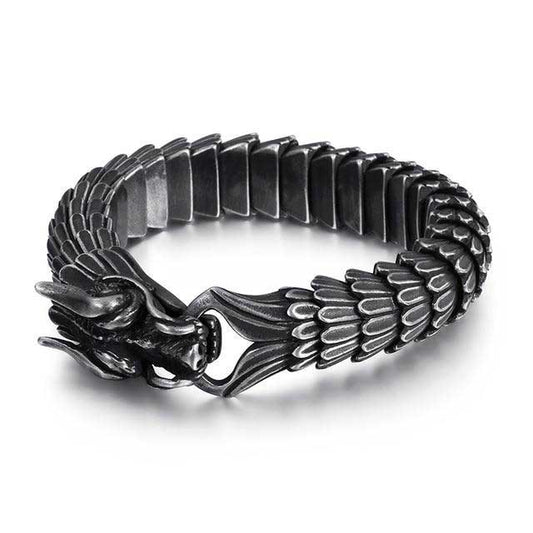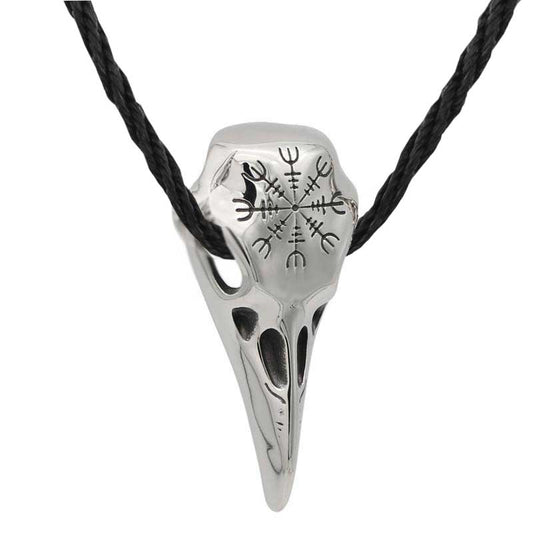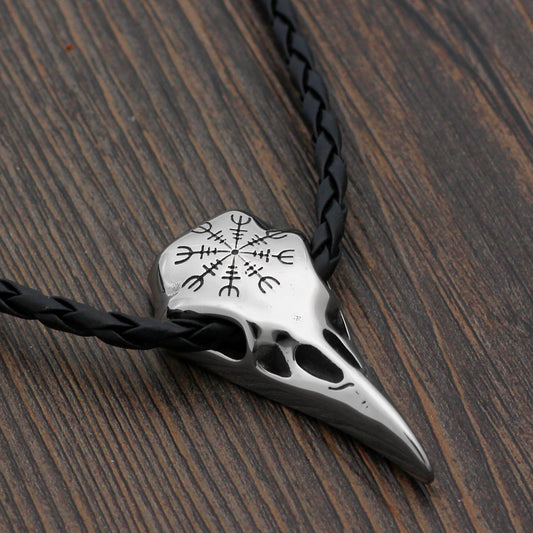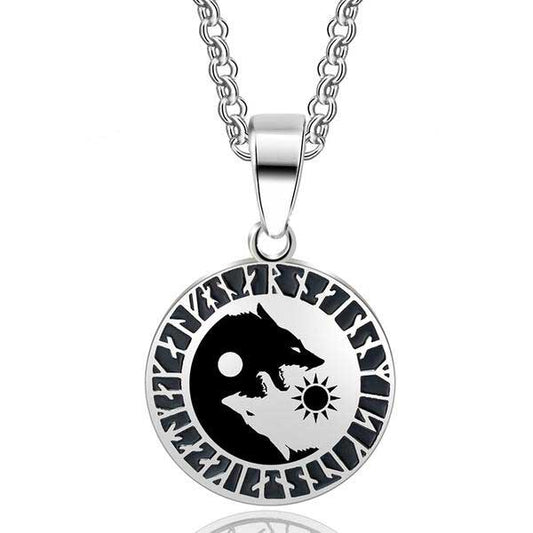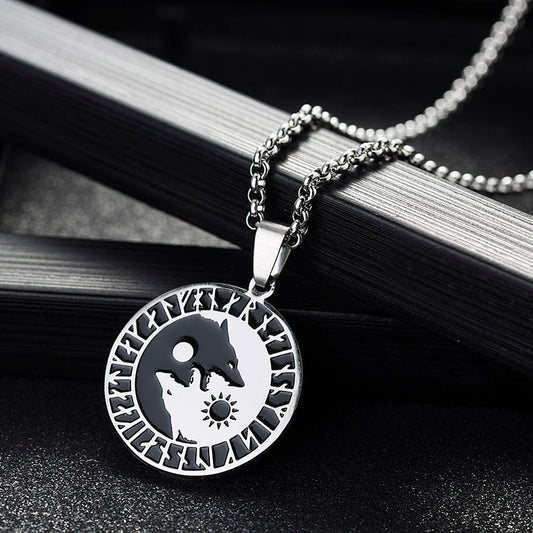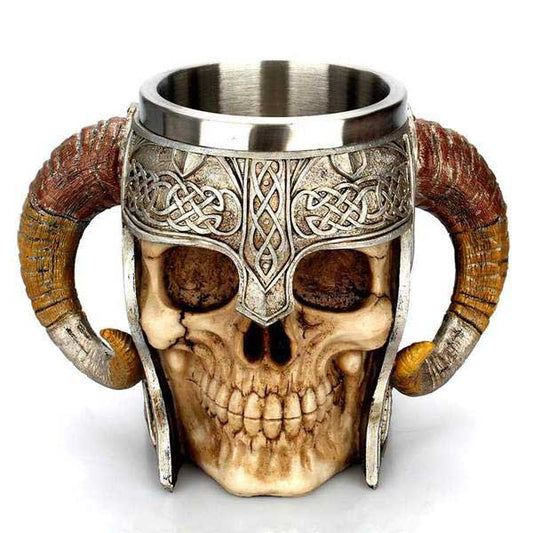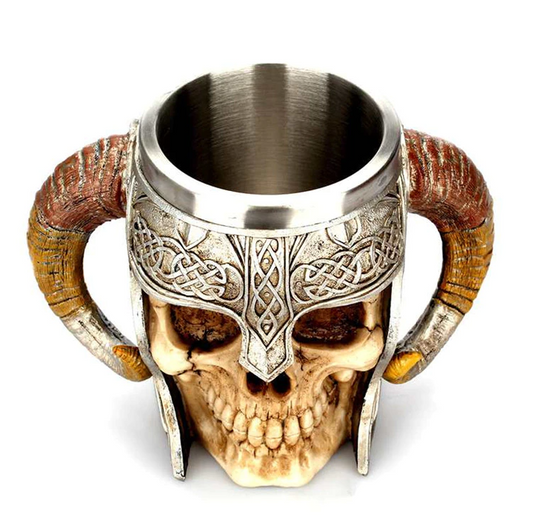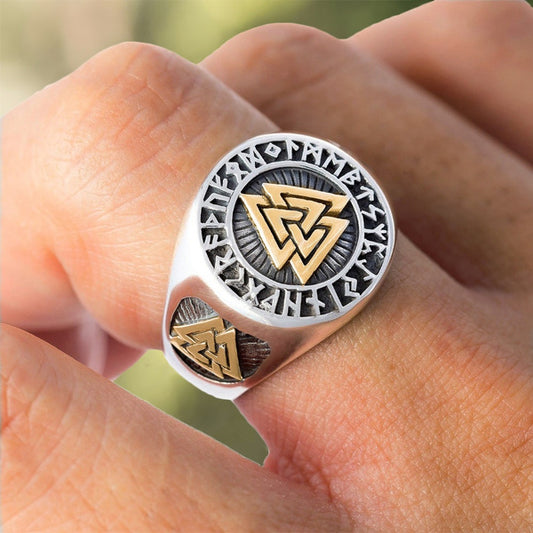The best known of the Druids is undoubtedly Panoramix , the famous Gaul from the Asterix & Obélix albums. He, like others, in an infinite quantity of more or less recent literary works, is endowed with very particular magic and beliefs. In any case, this is the image we have of Druidic culture today.
The origin of the druids

The origin of the word "druid" is not entirely clear, but the general opinion is that it comes from " doire ", an Irish Gaelic word, or "dru" in Greek. The latter means "oak" - a tree symbol of knowledge - but also "wisdom" .
The real history of the druids is not really known and many mysteries still surround it today. The reason: highly limited archives.
However, it is very likely that druidism dates back to the 2nd millennium BC , in the Celtic and Gallic culture of Europe. If it is unlikely that the Scandinavian Vikings had their own druids, it is however possible that those who settled in France or in Great Britain knew Druidism.
What were the practices of the druids?

Druidism can be described as a shamanic religion . It is based on contact with the world, spirits and animals , as well as holistic medicines.
But that's not all. Druids were seen as the equivalent of our priests today. They allowed the people to remain linked to the gods, whoever they were. For this, the Druids were obviously highly respected . So much so that they had the power to banish a citizen from society when he had broken the sacred laws.
But still ? The druids “take care of sacred things, they direct public and private sacrifices , and interpret everything related to religion ”, wrote Julius Caesar in the year 50 BC.
Druids, these healers

Druids were mostly great healers . One consulted them before a battle, to try to know the fate of it . And then on her return, to treat a wound .
According to the common opinion of the time, the Druids were able to cure any disease. They knew the virtues of each medicinal plant inside out, and sometimes even knew how to perform surgical operations .
In 2008, implements such as scalpels and needles were unearthed from a Celtic burial in England. Discovered next to ritual objects of divination, it is likely that they could have belonged to a druid.
The druids, these priests
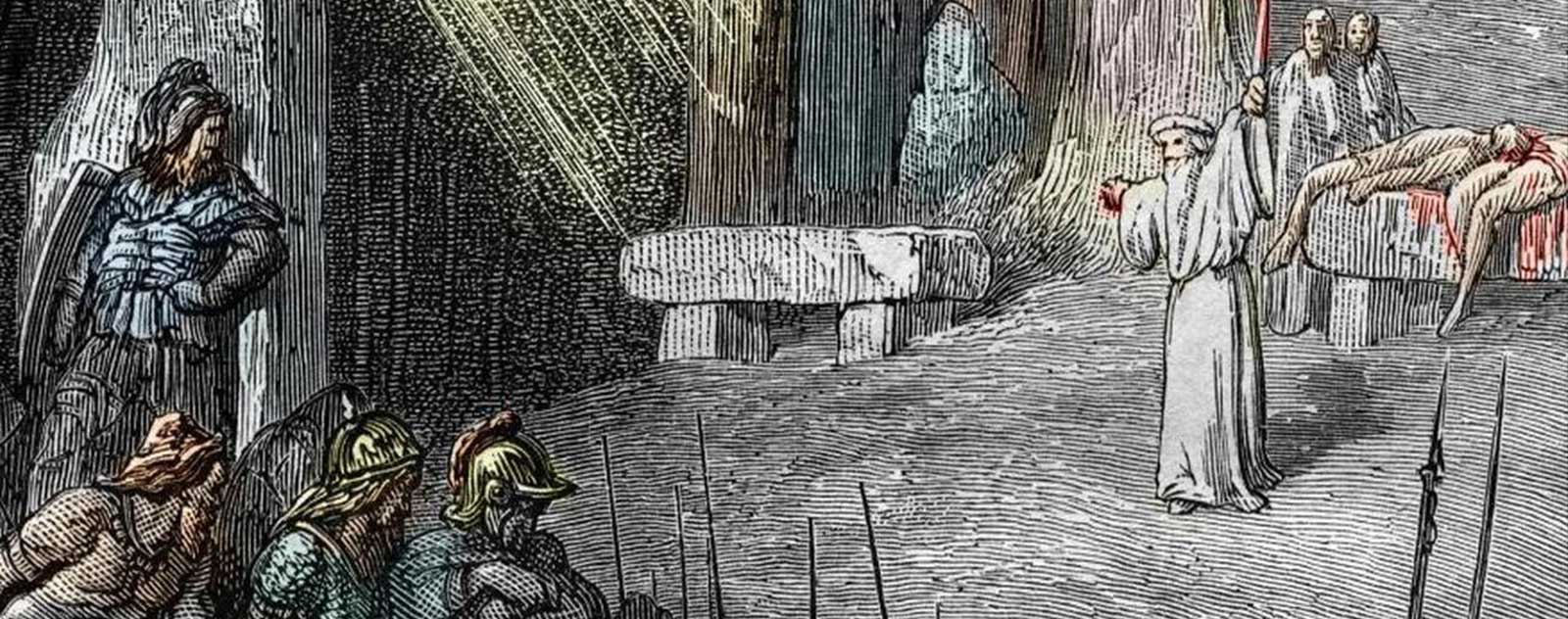
Certain accounts and archaeological discoveries show that the sacrifices could not be carried out without the presence of a druid. Historical research proves that at the time, various animal ritual killings took place , such as those of bulls, a symbol of fertility.
Writings also relate the existence of human sacrifices . The prisoners then returned to a cage where they were burned alive. “The murder of a man was for them an act attesting to the greatest devotion ,” wrote Pliny the Elder, an Italian author.
Druids, these teachers

Seen as great sages by the people, the Druids were also the referents in matters of education . They could then provide an apprenticeship of twenty years to the most promising young people who also wanted to become Druids. Otherwise courses to other young citizens - and in particular to the children of nobles -, by oral transmission.
And for good reason, the druids were experts in mathematics, geometry, and even astronomy . Without exception, they all possessed a real knowledge of the sciences of nature, the lunar calendar and the movement of the stars.
Druids, these judges and politicians

If they have very many functions, the druids also began to hold their general assembly in the country of the Carnutes (not far from the current city of Chartres) from the 5th century BC.
The goal was simple: to settle disputes between peoples , to harmonize the rules between each of them and thus avoid wars. They decide in serious conflicts between tribes, as in conflicts between individuals. They sanction , also, by penalties codified according to the nature of the fault.
And when it is the king who takes care of it, the druid advises the latter before any decision is made. "No one speaks before the king, but the king does not speak before his druid", it is written in the books.
During the meetings in the land of the Carnutes, the Druids also undertook common projects , such as that of creating a network of paved roads … long before the Romans occupied the territory! They therefore had a real role in the organization of the world and took on political and judicial responsibilities .
In return for all he contributes to society, the druid is exempt from taxes and is not required to bear arms in battle, although he may do so if he wishes.
The different classes of druids
- Some writings suggest that there were sub-sections in the class of druids. The wisest of them was automatically the oldest. He was called " archdruid " and was distinguished by his golden robe .
- Below the archdruid, we found all the so-called “ ordinary ” druids, who wore a white robe .
- We found later the " sacrificers ", who could participate in the fights and who wore red .
- Then, to finish, the "bards" , much more artistic than the other druids. The latter, who could be singers or poets, wore brown or black instead .
Could women be druids?
Some Druids were indeed women, since they were at the time (at least among the Vikings and the Celts) considered as the equal of man . Those who could then take part in the fights, be financially independent, decide to divorce, ... and therefore also be druids.
Religious festivals celebrated by the Druids
In Celtic culture, there are four religious festivals that must be celebrated :
Her hand

which means " meeting ", takes place around November 1st . The most important date of the Celtic calendar, it inaugurates the period of darkness which arrives in winter . The festival is celebrated for a week, with feasts, drinking and rituals.
Imbolc
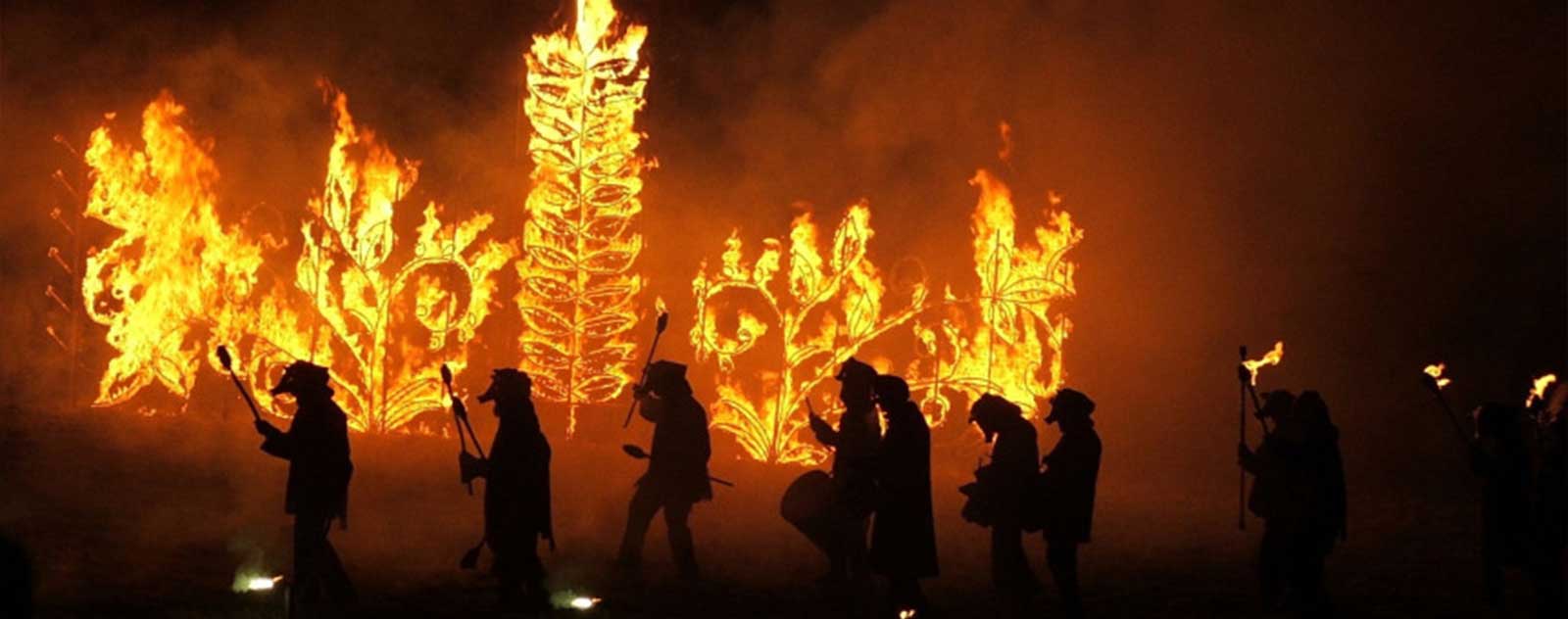
which means " lustration ", takes place around February 1 . This date marks the end of winter and the return of spring. Now is the time to cleanse yourself.
Beltaine

which means " fires of Bel ", takes place around May 1st . This festival marks the transition from the dark season to the light season . To celebrate this day, the guides light very large fires.
Lugnasad

which means " assembly of Lug ", takes place around August 1st . Associated with harvest , abundance and benefits, this festival is also dedicated to the king who redistributes wealth and protects the people.
When did the druids disappear and why?
The end of the Druidic culture seems to be in the 1st century .
All of Gaul had just been conquered by Rome a few years earlier. But the Romans feared the influence of the Druids , whom they then saw as a potential threat.
It was Emperor Augustus who had Druidism banned for citizens who had obtained Roman citizenship. The influence of the druids then died out little by little on the continent before making them disappear entirely.
In the British Isles , Druidry died out a little later, around the 7th century .

However, the Druidic culture tried to come back into the limelight several hundred years later . During the romantic era, first. Then in the 21st century, with the emergence of Neo-Druidism .
